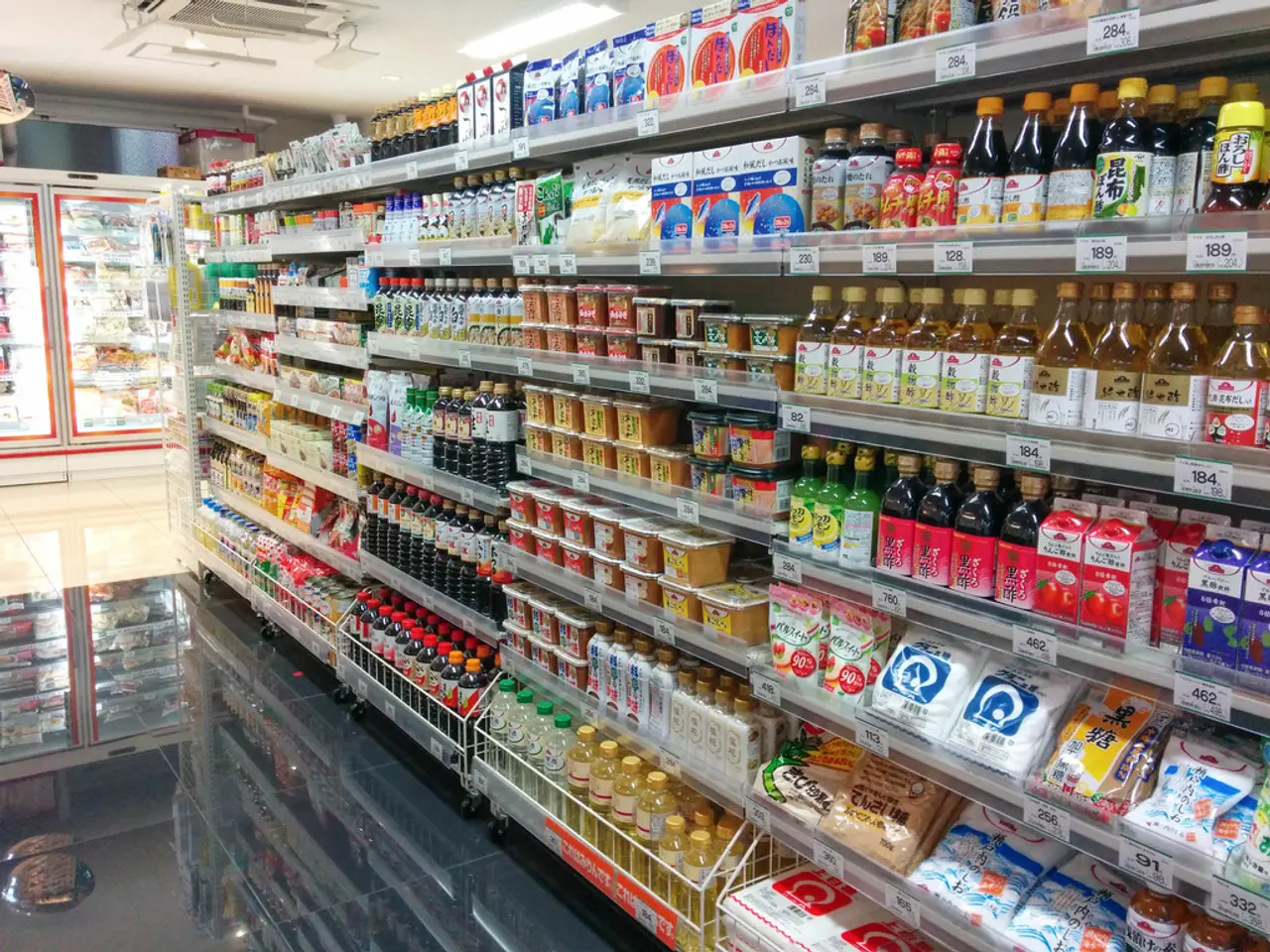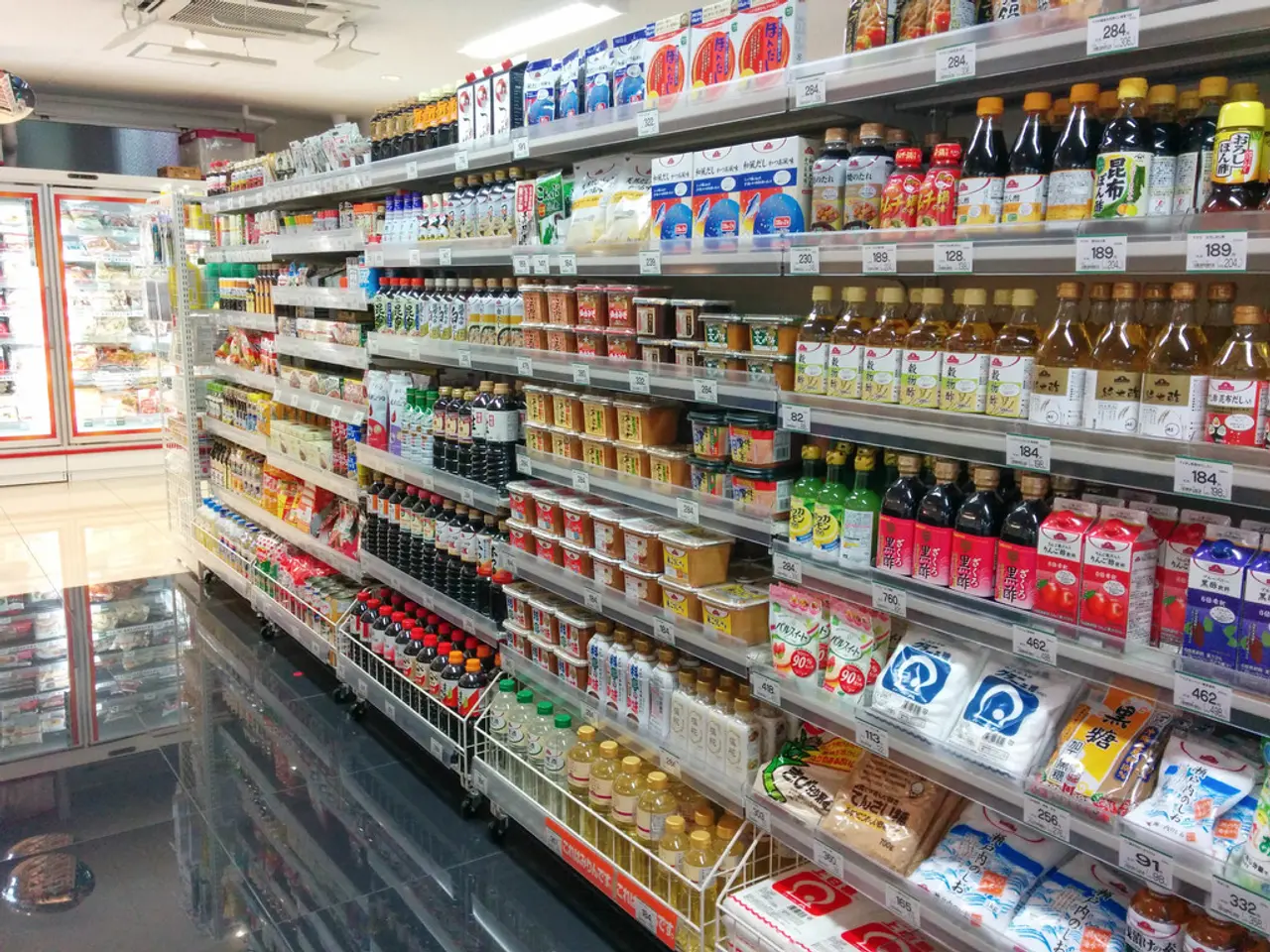J.P. Morgan's Initial Blockchain Transaction Analyzed by Dr. Martin Hiesboeck, Outlining Its Significance
In a significant development, J.P. Morgan's Kinexys platform successfully executed a settlement transaction of tokenized U.S. Treasuries on a blockchain network. The transaction was carried out through Chainlink, highlighting the potential for real-world asset tokenization within a regulated financial system.
Dr. Martin Hiesboeck, who has provided analysis on this matter, stated that the Kinexys platform manages approximately two billion dollars in daily transactions. The payment leg of the transaction passed through Kinexys, while the asset leg utilized Ondo's OUSG tokens. This event represents a meaningful step towards merging traditional finance (TradFi) and decentralized finance (DeFi) effectively.
The transaction employed Chainlink as the orchestration layer for cross-chain settlement, allowing atomic Delivery versus Payment (DvP) settlement between the permissioned Kinexys network and the public chain. This arrangement demonstrates the interoperability between traditional infrastructure and new blockchain workflows. The process could potentially improve efficiency and decrease risks in cross-border payment settlements.
In his report, Hiesboeck emphasized that this development shows the integration of legacy infrastructure with new blockchain capabilities. The trial transaction on a test network combined regulated payments and tokenized assets successfully, positioning Ondo's OUSG tokens at the heart of asset transfer methods. OUSG is designed to represent short-term U.S. Treasuries with stable backing, and the successful test could encourage broader usage of tokenized Treasury assets in markets.
Hiesboeck believes the technical feasibility of secure cross-chain transactions has been demonstrated through this settlement. Traditional DvP methods often face delays and increased operational risks. Blockchain-based atomic settlement can potentially reduce counterparty risk and enhance settlement transparency significantly. Participants gain real-time visibility into asset movements across multiple networks and systems, which could lower costs by reducing intermediary roles in complex workflows. Future settlements may adopt similar frameworks to improve speed and reliability.
The successful transaction could shape industry standards for transparent and efficient asset settlements. The development may attract more institutional attention towards DeFi projects, as projects lacking clear use cases or regulatory alignment may struggle to achieve significant adoption. Hiesboeck stresses that compliance and technical soundness will guide institutional interest in tokens. Strong partnerships between financial institutions and blockchain providers may drive project credibility. Clear regulatory frameworks could further influence which tokens gain durable market relevance.
The milestone may boost regulatory confidence around public blockchain use in finance, potentially leading to clearer guidance from regulators. A defined regulatory landscape could encourage more institutional investments in blockchain assets. However, utility, compliance, and security factors remain essential for successful adoption. Future regulatory clarity could define paths for blockchain-based service evolution.
looking forward, Hiesboeck predicts the future finance model will fuse elements of TradFi and DeFi systems. Public blockchains for real-world settlements could blur the boundaries between legacy and decentralized services. Institutional assessment of blockchain projects may focus on capabilities, compliance, and partnership strength. Practical use cases will likely outweigh speculative interests in the tokenized finance landscape. Hybrid frameworks could improve liquidity, transparency, and risk management across financial networks. Observers expect continued evolution towards integrated token models in regulated environments, reshaping the future of secure, tokenized financial services worldwide.
- The Kinexys platform's cross-chain settlement of tokenized U.S. Treasuries through Chainlink and Ondo's OUSG tokens marks a significant step towards integrating traditional finance and decentralized finance.
- The successful trial transaction between regulated payments and tokenized assets positions OUSG tokens as key elements in asset transfer methods.
- Hiesboeck believes the technical feasibility of secure cross-chain transactions has been demonstrated, which may potentially reduce counterparty risk and enhance settlement transparency in DeFi projects.
- The development may attract more institutional attention towards DeFi projects, as compliance and technical soundness will guide institutional interest in tokens.
- Looking forward, Hiesboeck predicts that future finance models will fuse elements of TradFi and DeFi systems, focusing on capabilities, compliance, and partnership strength in blockchain projects.




